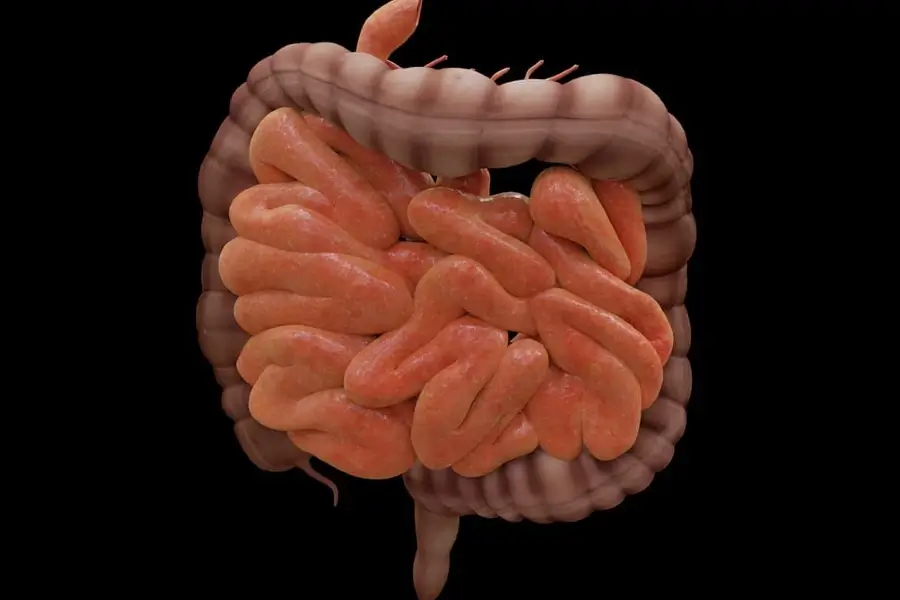Mini-guts, sometimes called organoids or intestinal organoids, are three-dimensional structures cultivated in a laboratory setting to replicate the characteristics of the human intestine. They are essentially miniature versions of human intestines cultivated from stem cells.
Here is a detailed analysis of mini-guts:
Mini-guts possess various intestinal cell types that resemble those in the human gut, enabling them to imitate certain activities of the small intestine. This encompasses the process of absorbing nutrients and performing an essential protective role.
Applications in Research: Scientists employ miniature intestinal organoids, commonly referred to as mini-guts, for a multitude of research endeavors, including:
- Researchers use modern methods to investigate intricate intestine ailments, such as Crohn’s disease and ulcerative colitis, in their studies on gut diseases.
- An effective weapon they have at their disposal is the utilization of miniature, three-dimensional intestinal organoids, also known as “mini-guts.”
These miniature intestines are produced by cultivating intestinal stem cells in a unique, three-dimensional setting that allows them to spontaneously organize and develop structures closely mimicking the human intestine.
These organoids can be utilized to evaluate the impact of various medications, environmental influences, or genetic alterations on the growth and advancement of these illnesses.
These small-scale replicas can replicate the natural gut’s complex structure and cellular makeup, offering researchers a valuable tool for studying the causes behind different intestinal illnesses.
By utilizing mini-guts, researchers can investigate the pathogenesis of Crohn’s disease and ulcerative colitis, chronic inflammatory bowel illnesses that can significantly affect an individual’s quality of life.
These organoids can be utilized to evaluate the impact of various medications, environmental influences, or genetic alterations on the growth and advancement of these illnesses, enabling a more individualized and focused approach to study and treatment.
Furthermore, mini-guts can be generated from the patient’s cells, allowing for the development of customized disease models that more accurately represent the distinct features of an individual’s intestinal ailment.
This individualized strategy can assist researchers in pinpointing precise therapy targets and creating customized strategies that are more efficient in managing these intricate and diverse illnesses.
The utilization of mini-guts in the study of intestinal diseases signifies a notable progress in the area, as it enables a more comprehensive comprehension of the fundamental pathophysiology and the investigation of innovative therapeutic approaches.
As this technology progresses, it has significant potential to revolutionize our approach to studying and treating Crohn’s disease, ulcerative colitis, and other intestinal illnesses.
Nevertheless, it is crucial to acknowledge that mini-guts are still being developed and do not precisely replicate the entirety of the human intestine.
By subjecting the miniature intestinal tissue to various stimuli, researchers can acquire valuable knowledge about the underlying mechanisms of diseases and prospective therapeutic interventions.
Drug testing: Miniature intestinal models can be utilized to assess the safety and effectiveness of novel medications that specifically target the intestine.
Personalized medicine: In the future, patient-specific treatment strategies for gut illnesses could be developed using mini-guts cultivated from the patient’s stem cells.
Miniature intestines, known as mini-guts, have great potential for enhancing our comprehension of the digestive system and creating novel therapies for gut disorders.
Nevertheless, it is crucial to acknowledge that mini-guts are still being developed and do not precisely replicate the entirety of the human intestine. They do not possess certain intricate anatomical formations and physiological processes in a genuine gastrointestinal tract, such as a complete immune system or vascular network.

Dominic E. is a passionate filmmaker navigating the exciting intersection of art and science. By day, he delves into the complexities of the human body as a full-time medical writer, meticulously translating intricate medical concepts into accessible and engaging narratives. By night, he explores the boundless realm of cinematic storytelling, crafting narratives that evoke emotion and challenge perspectives.
Film Student and Full-time Medical Writer for ContentVendor.com




